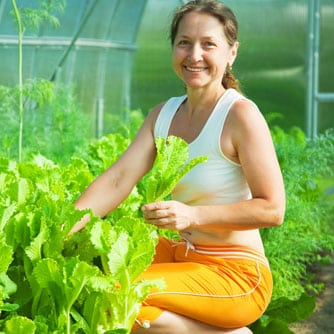Community gardens are neighborhood spaces that are accessible to people across the lifespan — regardless of age, race, socioeconomic status or educational background. Jill Litt, PhD, from the University of Colorado School of Public Health (Colorado, USA) found that community gardeners cultivate relationships with their neighbors, are more involved in civic activities, stay longer in their neighborhoods, eat better and view their health more positively. In fact, 20 minutes of gardening a day translated to statistically higher ratings of health. Moreover, people who garden found their neighborhoods to be safer, cleaner and more beautiful, regardless of educational and income status. These differences were rooted in the cultural, social and ecological connections created within the garden setting. The co-benefits of gardens stem from their ability to support healthy eating and active living. More than 50% of gardeners meet national guidelines for fruit and vegetable intake compared to 25% of non-gardeners. Gardeners report they get 12 hours a week of moderate to vigorous physical activity, which is about 30% more exercise than non-gardeners get. Observing that: “The physical and social qualities of garden participation awaken the senses and stimulate a range of responses that influence interpersonal processes (learning, affirming, expressive experiences) and social relationships that are supportive of positive health-related behaviors and overall health,” the researchers submit that: “Community gardens have therapeutic qualities that contribute to a more holistic sense of health and well-being.”
Community Gardening Cultivates Emotional & Physical Health
James Hale, Corrine Knapp, Lisa Bardwell, Michael Buchenau, Julie Marshall, Fahriye Sancar, Jill S. Litt. “Connecting food environments and health through the relational nature of aesthetics: Gaining insight through the community gardening experience.” ocial Science & Medicine, Volume 72, Issue 11, June 2011, Pages 1853-1863.




